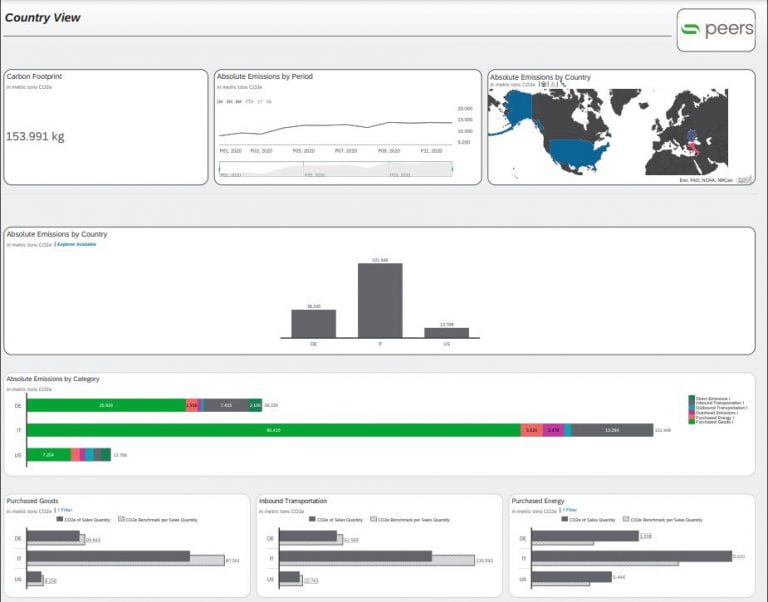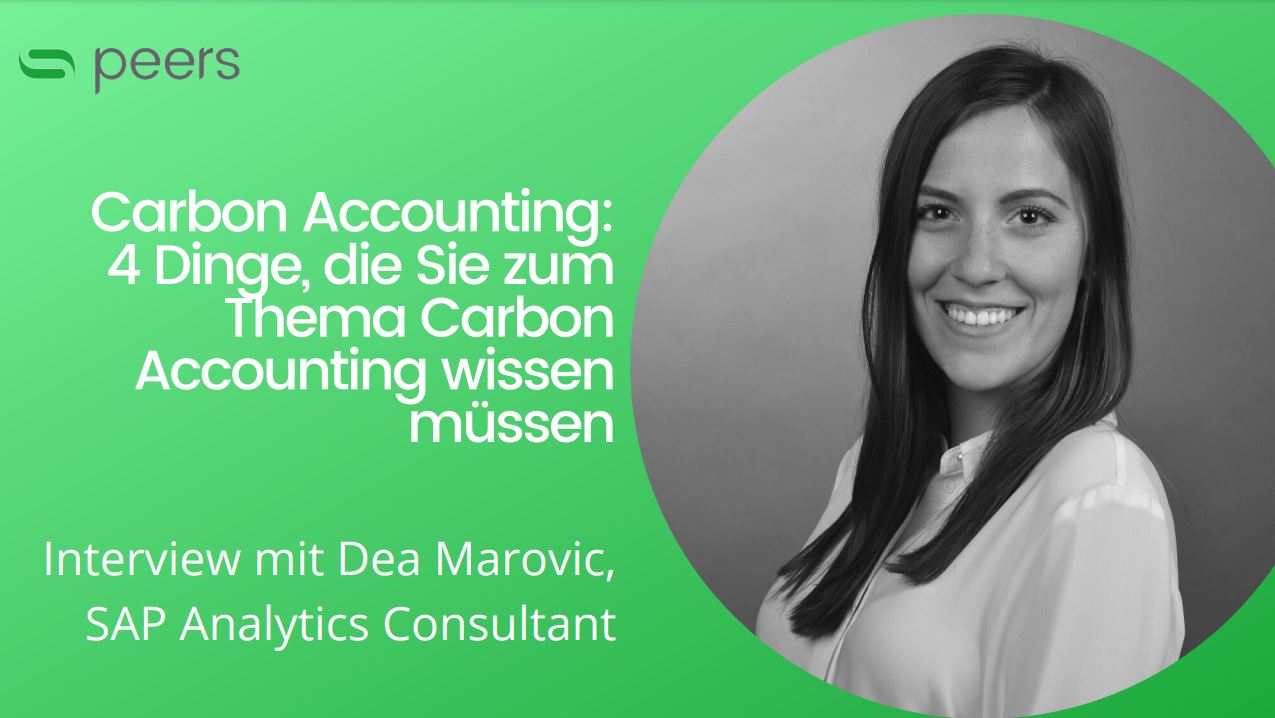Ecological footprint with the help of SAP Analytics Cloud (SAC)
The demand for CO2-neutral products continues to grow in today's world, making the Product Carbon Footprint to be an important factor in purchasing decisions. Companies need to be more transparent about their products and their emissions. Transparency about the ecological footprint through carbon accounting is associated with various advantages. Not only does it create a competitive advantage, but it also offers the user a great deal of flexibility and planning security in order to also be able to identify potential risks at an early stage.
Competitive advantage sustainability
Purchasing decisionsn are no longer dependent on price and quality alone, but also on sustainability aspects.. Dntransparency about one's own emissions can have a positive influence on customers' purchasing decisions.
Flexibility and planning security
Solutions can be extended with individual extension options customisable. If certain entrepreneurial aspects (such as tax offsets, etc.) should be included in the calculations, an extension is possible without any problems.
Provide insights quickly and accurately
Data can be generated directly from the ERP systemand calculated in order to map a carbon footprint in real time.. This enablest significantly higher efficiency and accuracy in the calculation of CO2 emissions.
Cloud-based
There is noinvestment in on-premise hardware is necessary.. The cloud also offers a sfast and flexible availability.


What is Carbon Accounting with SAP Analytics Cloud?
In particular, the tools that help companies act and operate more sustainably play an important role in a more sustainable future. With the help of SAP Analytics Cloud, companies can measure, calculate and visualise the CO2 emissions of the entire company as well as individual products.
All data can be taken directly from an ERP system and then prepared on the basis of an individual data model. These data can be maintained and compared with each other in so-called stories. A data maintenance dashboard is usually created to present the results. Within the dashboard, the data can be edited, checked and expanded, as well as used to calculate the carbon footprint. The visualisation of the results is then done in a second dashboard, the monitoring dashboard. The user thus has the opportunity to identify any weak points right away. These findings can then be used to derive suitable measures and thus contribute to climate protection. Learn more about the (1) Corporate / Product Carbon Footprint and how to calculate it (2) here.
We at s-peers AG pursue two main goals: Firstly, the coaching approach, in which users are empowered to create their own dashboard with the SAC after a very short time. This enables them to intuitively use the appropriate functions that are necessary for calculating the carbon footprint. On the other hand, we want our solutions to help companies make a contribution to climate protection.
"Without a thorough accounting of our CO2 emissions, we cannot understand where we stand and how we will achieve our goals. Carbon accounting allows us to measure and understand our progress toward a sustainable future. It's the first step in acting responsibly and doing our part to protect the climate."

What are the individual steps for implementation?
The implementation process depends on various factors. For example, the duration of an implementation depends on the size of a company, the number of branches and the amount of suppliers, among other things.
Objective
Data preparation
Structure data model
Calculation Carbon Footprint
Result visualisation
Coaching
4 things you need to know about carbon accounting
- A state of the art definition of carbon controlling.
- Why is carbon controlling an important issue for my company?
- How does Carbon Controlling work with the SAP Analytics Cloud?
- What is the difference to other carbon controlling solutions?

